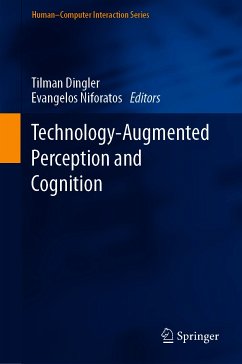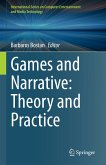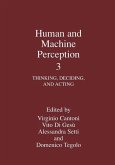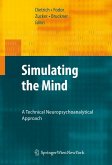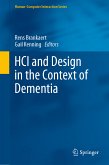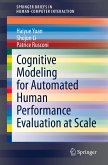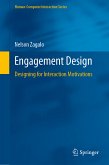This book integrates current research efforts, results, and visions from the fields of computer science, neuroscience, and psychology. It provides a comprehensive overview of the state-of-the-art and future applications of how technologies assist and augment human perception and cognition.
Experts in the field share their research and findings on:
- Working memory enhancements
- Digitization of memories through lifelog archives
- The consequences of technology-induced disruptions and forgetting
- The creation and utilization of new human senses
- Ethical and security concerns that arise with augmentation technologies.
As technology weaves itself ever deeper into our lives, careful examination of its capabilities, risks and benefits is warranted. While this book focuses on the complementation and augmentation of human capabilities, it serves as a foundation for students, researchers and designers of technologies that push the boundaries of perception and cognition.
Dieser Download kann aus rechtlichen Gründen nur mit Rechnungsadresse in A, B, BG, CY, CZ, D, DK, EW, E, FIN, F, GR, HR, H, IRL, I, LT, L, LR, M, NL, PL, P, R, S, SLO, SK ausgeliefert werden.

